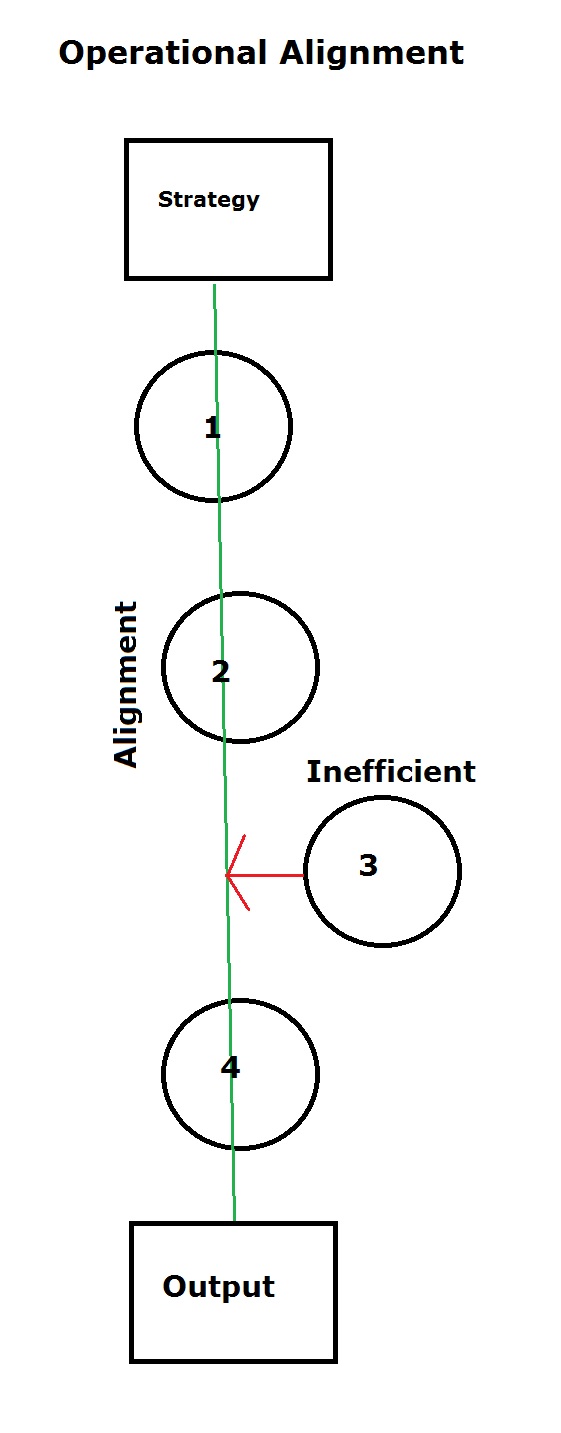Service dominated logic
or S-D Logic may be a better viewpoint to train managers and teach college
students about the nature of modern business. Considering how much society has
changed over the past few decades the movement from tangible goods to service
offerings creates a fundamental shift in the economic system. This fundamental
shift should be incorporated into training and education so that
decision-makers can master new economic conditions.
A total of 75% of all
business revenue is currently service oriented while 80% of the GNP is service
related (Ford & Bowen, 2008). That is a huge number! With this fundamental
change from agricultural, products, and commodities to service oriented offerings
it is necessary to train managers on the new S-D vantage point of seeing and
perceiving their operations in a new light. Such an approach will help decision
makers view organizations and problems from a perspective that actually reflects
current economic activities.
The differences in technique are
significant. According to Vargo and Lusch (2004), a shift from products to intangibles, specialized skills, knowledge and processes
requires companies to focus more on marketing and integrate of operational
processes. If an organization is selling experiences (i.e. service) then their
approach to management would be completely different and decisions would focus
closely on enhancing that perceived value.
The selling of experiences occurs whenever
a company uses services as the stage and products as the prop (Pine & Gilmore, 1999). Where companies once showcased
their products and earned revenue they are now making the majority of their
revenue from the services attached to those products. There is a fundamental
shift in thinking that focuses on the intangible but extremely important
psychological experiences of services while less on the give market value of products.
Let us put this to an example. An
organization sells an electric toothbrush and earns a few dollars of revenue.
Under traditional economic models the sale is made when the transaction is completed.
Yet in a service economy it is possible to sell the experience of being
beautiful with white teeth. The selling of the toothbrush may be part of a
beauty makeover service that transforms a person’s image and comes with teeth
whitening, cosmetics, hair products and other related offerings. The products
are secondary to the service.
Changing the perspective creates
greater opportunities to maximize revenue generation streams. The economic
approach adjusts to better reflect modern economic conditions. Operations
become more of a support and enhancer to experiences than a logistical path of
selling products. The very way people are trained, the type of systems used, and
the marketing mix adjust to enhance the experiences and positive feelings of
customers.
Tips:
-View experiences as service.
-Sell products that enhance that
experience.
-Adjust management styles,
organizational structure, and operations to enhance experiences of customers.
-Focus on the total customer
experience.
-Raise the perceived value of
products with service.
-Integrate operations into the
marketing strategy.
Ford, R. & Bowen, D. (2008). A
service-dominant logic for management education: its time. Academy of
Management Learning and Education, 7 (2).
Pine, B. & Gilmore, J. (1999). The
experience economy. Boston, MA: HBS Press.
Vargo, S. & Lusch, R.(2004). Evolving to a new
dominant logic for marketing. Journal of Marketing, 68 (1)
